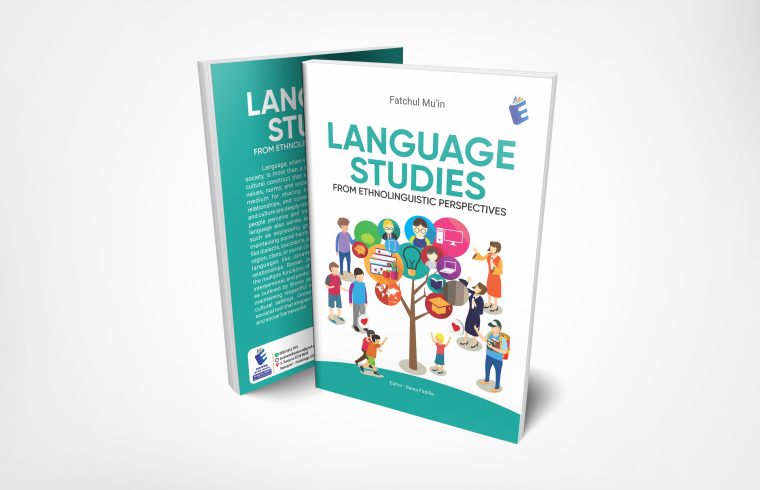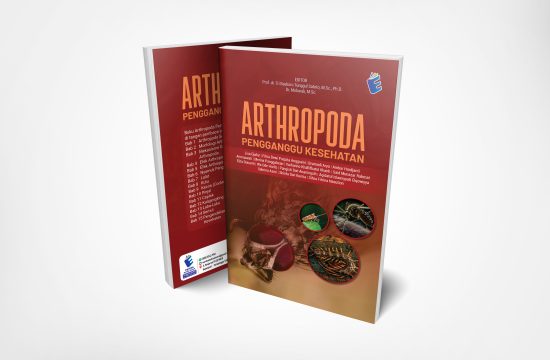Language, when viewed through the lens of culture and society, is more than a system of sounds or symbols—it is a cultural construct that reflects and transmits a community’s values, norms, and social behaviors. It functions as the main medium for sharing cultural knowledge, forming social relationships, and constructing identities. Because language and culture are deeply interconnected, language influences how people perceive and interpret the world. In social contexts, language also serves key roles beyond information transfer, such as expressing group identity, indicating status, and maintaining social harmony. This results in language varieties like dialects, sociolects, and speech levels, which vary based on region, class, or social context. For example, stylistic choices in languages like Javanese reflect social hierarchies and relationships. Roman Jakobson’s model (1960) emphasizes the multiple functions of language, highlighting its expressive, interpersonal, and poetic roles. Moreover, politeness strategies, as outlined by Brown and Levinson (1987), are essential for maintaining respectful and effective communication across cultural settings. Overall, language is both a personal and societal tool that shapes how individuals interact within cultural and social frameworks.FMDN
Author : Fatchul Mu’in
Editor : Raisa Fadilla
Halaman Buku : 345
DOWNLOAD
PRE-ORDER | Rp. 100.000










